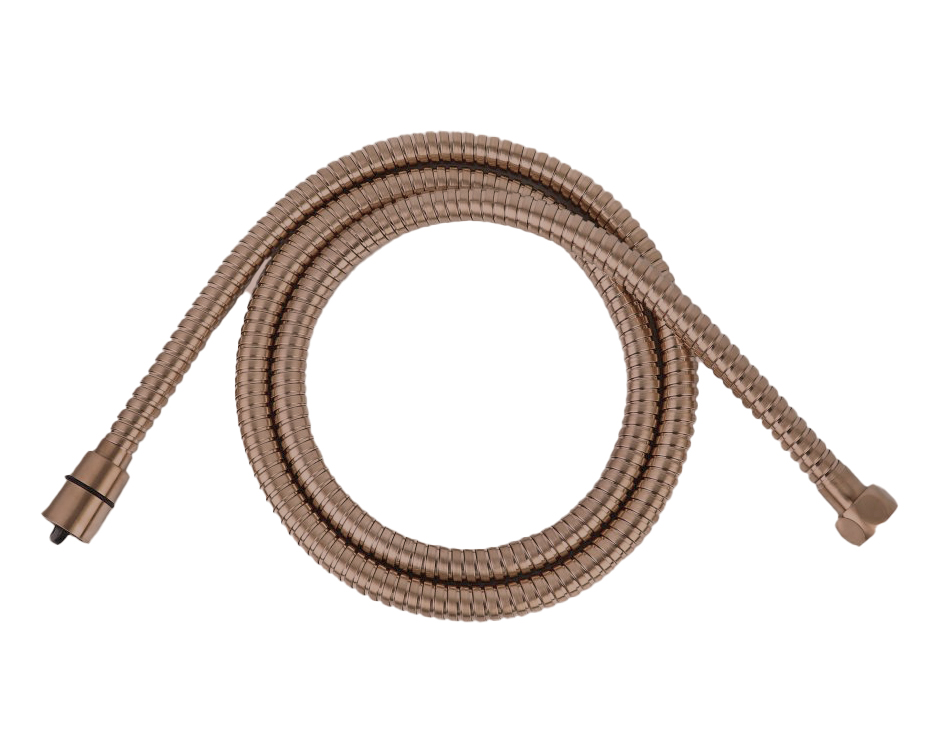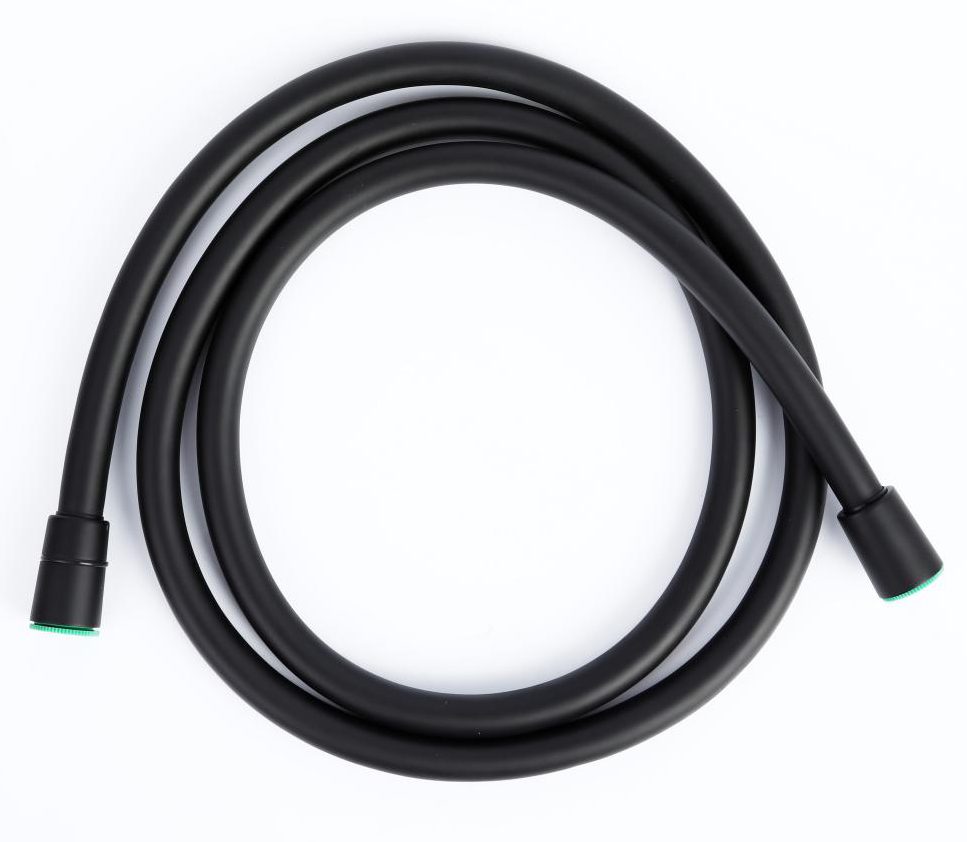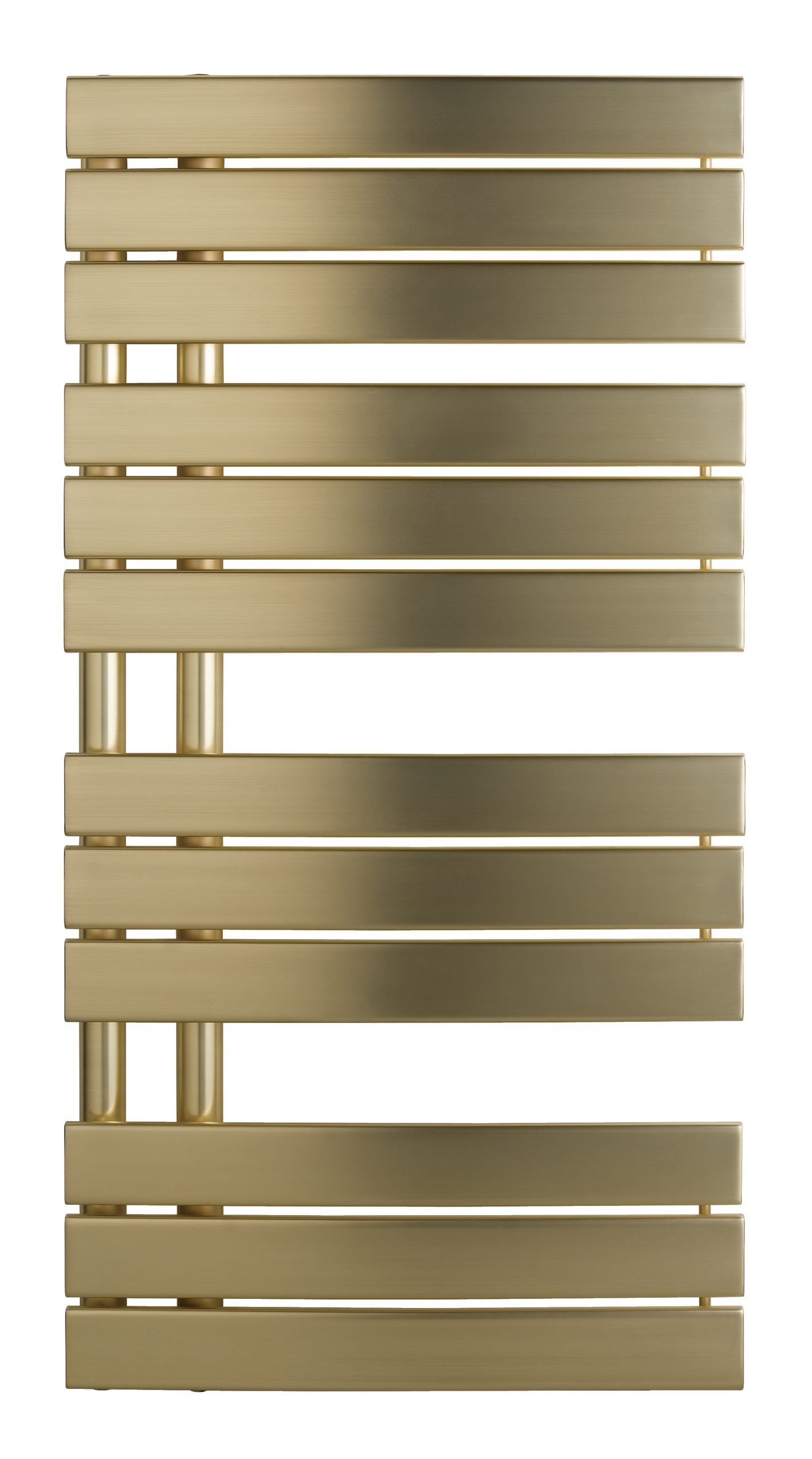Ethimo mountain style

So how did the classical Latin become so incoherent? According to McClintock, a 15th century typesetter likely scrambled part of Cicero’s De Finibus in order to provide placeholder text to mockup various fonts for a type specimen book. It’s difficult to find examples of lorem ipsum in use before Letraset made it popular as a dummy text in the 1960s, although McClintock says he remembers coming across the lorem ipsum passage in a book of old metal type samples. So far he hasn’t relocated where he once saw the passage, but the popularity of Cicero in the 15th century supports the theory that the filler text has been used for centuries.
Don’t bother typing “lorem ipsum” into Google translate. If you already tried, you may have gotten anything from “NATO” to “China”, depending on how you capitalized the letters. The bizarre translation was fodder for conspiracy theories, but Google has since updated its “lorem ipsum” translation to, boringly enough, “lorem ipsum”. One brave soul did take a stab at translating the almost-not-quite-Latin.
According to The Guardian, Jaspreet Singh Boparai undertook the challenge with the goal of making the text “precisely as incoherent in English as it is in Latin – and to make it incoherent in the same way”. As a result, “the Greek ‘eu’ in Latin became the French ‘bien’ […] and the ‘-ing’ ending in ‘lorem ipsum’ seemed best rendered by an ‘-iendum’ in English.”

Find Your Focus While Working
As an alternative theory, (and because Latin scholars do this sort of thing) someone tracked down a 1914 Latin edition of De Finibus which challenges McClintock’s 15th century claims and suggests that the dawn of lorem ipsum was as recent as the 20th century. The 1914 Loeb Classical Library Edition ran out of room on page 34 for the Latin phrase “dolorem ipsum” (sorrow in itself). Thus, the truncated phrase leaves one page dangling with “do-”, while another begins with the now ubiquitous “lorem ipsum”.
Whether a medieval typesetter chose to garble a well-known (but non-Biblical—that would have been sacrilegious) text, or whether a quirk in the 1914 Loeb Edition inspired a graphic designer, it’s admittedly an odd way for Cicero to sail into the 21st century.
1.50m Brushed Bronze Vos
- 1.50m length for versatile use
- Made from durable metal for long-lasting quality
- Elegant brushed bronze finish for a stylish look
- Suitable for various applications, including plumbing and gardening
- Lightweight design for easy handling and installation
- Corrosion-resistant to ensure longevity
- Compatible with standard fittings and accessories
1.50m Matte Black Plastic Hose by Vos
- 1.50 meters in length for versatile use
- Made from durable black plastic material
- Ideal for various applications, including gardening and outdoor use
- Lightweight design for easy handling and storage
- Flexible construction allows for easy maneuverability
- Resistant to wear and tear for long-lasting performance
- Sleek matte black finish for a modern look
1080 x 550 CLEO Brushed Brass Radiator
- Left and right-handed design
- Dimensions: 1080mm height x 550mm width
- Features 12 bars for heat distribution
- Heat output: 1273 BTU
- Pipe center measurement: 80mm
- Projection from the wall: 100mm
- Recommended element power: 400w
- Made of steel with PVD brushed brass finish; 2-year guarantee and suitable for dual fuel





 Pendant Lights
Pendant Lights Chandeliers
Chandeliers Wall Lights
Wall Lights







